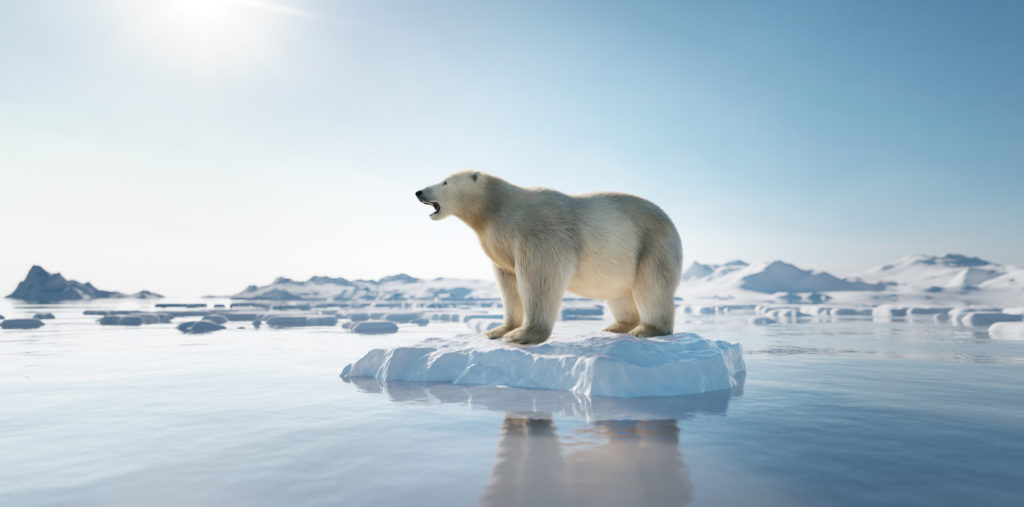The Arctic is warming four times faster than the rest of the planet, new research shows, London’s River Thames has shrunk as extreme heat and looming drought dries up its headwaters and more in top stories of the day.
The Arctic is warming four times faster than the rest of the planet, new research shows
As sea ice vanishes, Greenland melts and wildfires scorch the planet’s northernmost forests, new research confirms what scientists are sounding alarms about: the Arctic has warmed much faster than the rest of the world in the past several decades.
The phenomenon, called Arctic amplification, is caused by the heat-trapping emissions from burning fossil fuels. The pace of the temperature increase around the North Pole in recent decades was four times higher than the rest of the planet, researchers at the Finnish Meteorological Institute found in a study published last week.
London’s River Thames has shrunk as extreme heat and looming drought dries up its headwaters
The starting point of England’s famous River Thames has dried up and moved downstream, following weeks of little rainfall and a heat wave in July that smashed the UK’s all-time temperature record.
The Thames usually begins in the English market town of Cirencester, part of the green and hilly Cotswolds countryside, and flows through the capital, London, and then out into the North Sea. The start of the river has moved 5 miles (8 kilometers) downstream to Somerford Keynes, according to the Rivers Trust, which works across the UK and Ireland. The flow there is weak and only just discernible.
The amount of Greenland ice that melted last month could cover West Virginia in a foot of water
Several days of unusually warm weather in northern Greenland have triggered rapid melting, made visible by the rivers of meltwater rushing into the ocean. Temperatures have been running around 60 degrees Fahrenheit — 10 degrees warmer than normal for this time of year, scientists told CNN.
The amount of ice that melted in Greenland between July 15 and 17 alone — 6 billion tons of water per day — would be enough to fill 7.2 million Olympic-sized swimming pools, according to data from the US National Snow and Ice Data Center.
Put another way, it was enough to cover the entire state of West Virginia with a foot of water.
For the latest travel news and updates, food and drink journeys, restaurant features, and more, like us on Facebook or follow us on Instagram. Read more on Travel and Food Network
Trending on TFN
75 Trip Ideas | The India Edition
Quintessential Srinagar And the Kashmir Valley | Travel and Food Guide
















